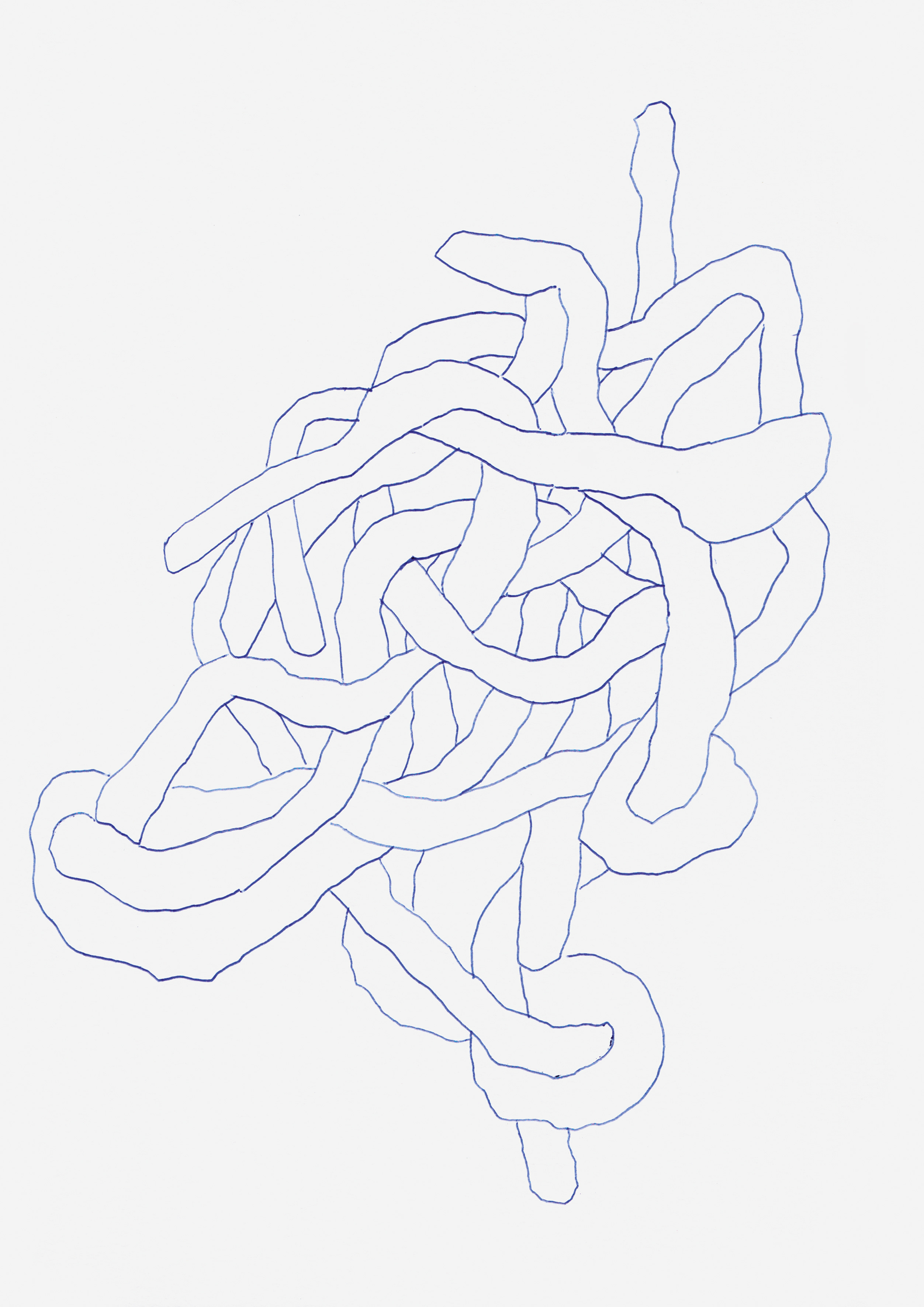You have to imagine Francisco Sierra as a cheerful painter. Not only do his A Self Portrait, from 2005, and the series ExBolígrafo, from 2005/06, suggest this but also his jocularly gloomy alternation between photo- and sur-realist visual gesture along with a highly idiosyncratic selection of subject matter. This is so remarkable that the viewer sets out on a frequently convoluted reversed trail along the process of painterly image-making in order to look for motifs in the sense of motivation—not only to decipher the relationship between portrayed and portrayal, and to gain heightened pleasure from their interplay, but also and rather to be able to participate in the vow that binds the motif to its motivation and turns it into an offering. Not that we would encounter a subject underlying the subject matter on some kind of ground or source, but certainly a votum, an oath, an offering to what makes the motif a votive. So we can also imagine Sierra as a votive painter—this isn’t just suggested by his hastily sketched iconography but also by the unspecified visual genesis of Sierra’s central Dekorationsteller feat. The Ugly Man, from 2012.
Sierra’s paintings derive their power, their force, from the fundamental and by no means modern sense in which every image is the image not only of another image but above all of a counterpart that isn’t an image itself. The gaping substantial otherness between what is seen and the subject of the gaze is the actual painterly sphere of action. The connection between the two—with Sierra one might be tempted to speak of a marriage—is the alliance to be formed between infinitely separate worlds. The fact that Sierra develops this bond in series makes it both more readable and more complicated, as the individual motif with its votive is inscribed into an overriding or at least framing narrative, whose meaning and significance can only be decoded as a palimpsest of superimposed chains or decision-making of alliance-formation.

Study for Würmligott, 2012, ballpoint pen on paper.
After the biro drawing Study for Würmligott (2012) created a convoluted, serpentine, plural organism (at least six ends can be clearly identified; others are possible but aren’t evident from the subtly ambiguous logic), named moreover as God incarnate and thus depicted, it was followed by...
